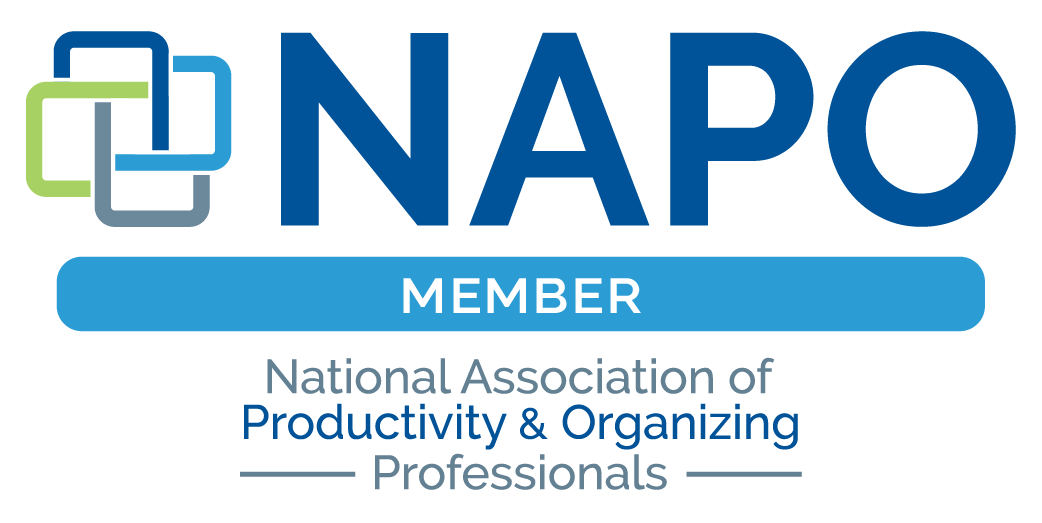 I’ve written about paper before, and I’m writing about paper again. Why? Because one area of life people routinely wish to get under control once and for all is the overwhelming array of papers that congregate in any number of places around the home.
I’ve written about paper before, and I’m writing about paper again. Why? Because one area of life people routinely wish to get under control once and for all is the overwhelming array of papers that congregate in any number of places around the home.
While paper can cause feelings of anxiety and overwhelm, you’ll be happy to know that once it’s reined in, the very same paper can also produce calm and control.
For many, paper congestion begins at the mailbox, and I’ve got a handful of steps you can take to curb the influx, increase the paper flow, and create greater clarity and control.
Reduce unwanted mail. If you’re receiving bills, statements, and newsletters by mail that you wish to be (or already are) receiving electronically, this is an ideal time to sign up for paperless delivery. And if you are receiving unsolicited credit card offers and the like, I urge you take 10 minutes and sign up with the free or virtually free resources* listed below. After you sign up, watch the incoming piles diminish over the next few months. Reducing the amount of mail coming into your home has great benefits. In addition to minimizing clutter, you’ll also gain back time and energy spent thinking about and trying to manage it.
Assign a receptacle each for recycling unwanted mail and items you wish to shred. These containers (i.e. baskets, bins, bags, and/or boxes) should be situated in the space where you’ll sort the mail and/or process your paperwork.
Designate ONE place for incoming mail to land. This can be an actual inbox or other kind of container, a piece of real estate on your kitchen counter, a desk, or even a chair. Wherever you choose, this is the one and only place where unprocessed mail should reside until you’re ready to process it.
Triage recyclables from the “real” mail right away. If you can, before mail lands in your designated “in” spot, separate the obvious recyclables into the bins mentioned above.
Sort mail by type of action required, time-sensitivity, and order of importance. Action-type categories might include bills to pay, RSVP, file, things to read, and events to schedule.
Process action items. If it helps you to schedule time with yourself to pay bills and take on other action items, choose a time each day, week, or month to commit to this activity. Otherwise, waste not a minute more and process them right away. (This includes mailing what needs to be mailed!)
File! Keep that “to file” pile of financial statements, paid bills, receipts, and correspondence from stagnating by filing them regularly. Better yet, try avoiding a “to file” pile and file papers as soon as you are finished with them! With tax time around the corner, collect receipts and incoming tax documents for the current tax year in one place, be it a file folder, envelope, or box.
What to do with important papers that may be commingling with the mail?
If you come upon vital documents (think passport, birth certificate, adoption papers, leases, deeds, wedding license, etc.) while you delve into your paper sorting process, consider storing these in a discreet location, a fireproof safe, or a safety deposit box. Archive old income tax returns in a bankers box in a closet or storage area.
The beauty of papers is they can be easy to manage once distilled to the essentials, you know where they reside, and you have a system for managing their flow in and out of your life.
*Resources for a mailbox diet
• Direct Marketing Association (dmachoice.org) helps you reduce unsolicited mail.
• Opt Out Prescreen (optoutprescreen.com) allows you to eliminate unsolicited credit card and insurance offers.
• Catalog Choice (catalogchoice.org) helps you control retail catalogs and junk mail.





